Here are the 10 essential spices every kitchen needs for flavorful cooking: black pepper, cumin, paprika (sweet and smoked), garlic powder, cinnamon, chili powder, oregano, turmeric, coriander, and nutmeg. These versatile spices form the foundation of countless dishes across global cuisines, from Mexican tacos to Indian curries and Italian pasta sauces.
Whether you're a beginner cook or a seasoned chef, having these core spices on hand transforms ordinary meals into extraordinary ones. They're not just flavor boosters but cultural connectors that bring global tastes to your home kitchen.
Table of Contents
- The Ultimate List of Must-Have Spices
- How to Use Them Like a Pro
- Buying Guide: What to Look For
- Storage Tips to Keep Your Spices Fresh
- Frequently Asked Questions About Kitchen Spices
- Final Thoughts
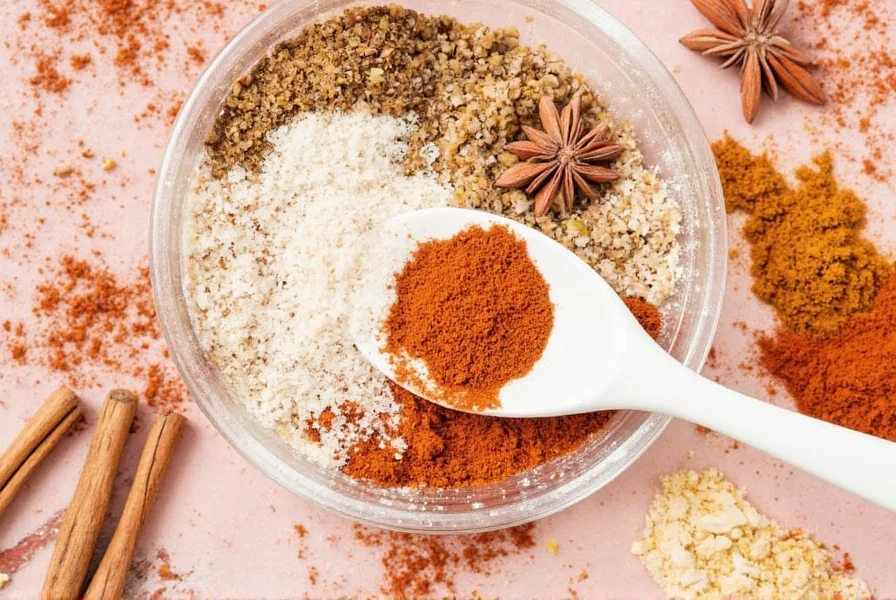
The Ultimate List of Must-Have Spices
We've curated a list of 10 essential spices that will serve as the backbone of your cooking adventures. These spices are versatile, easy to use, and compatible with multiple cuisines—from Italian pasta dishes to Indian curries and everything in between.
1. Black Pepper
The king of all seasonings, black pepper adds a sharp, earthy bite. Whether freshly ground or pre-ground, it enhances almost any savory dish.
2. Cumin
This warm, nutty spice is a staple in Mexican, Indian, and Middle Eastern cuisine. Use it in chili, soups, stews, or sprinkle over roasted veggies.
3. Paprika (Sweet & Smoked)
Sweet paprika brings mild color and subtle sweetness, while smoked paprika adds a deep, barbecue-like flavor. Both are game-changers in meat rubs, deviled eggs, and paella.
4. Garlic Powder
A convenient alternative to fresh garlic, garlic powder blends easily into dry rubs and sauces. It gives a mellow, aromatic kick without the hassle of peeling cloves.
5. Cinnamon
While often associated with desserts, cinnamon also shines in savory dishes like Moroccan tagines and spiced lamb. It pairs beautifully with warm flavors like ginger and nutmeg.
6. Chili Powder
Not to be confused with cayenne, chili powder is usually a blend of ground chilies, cumin, garlic, and sometimes oregano. It's the go-to spice for making homemade taco seasoning or Tex-Mex dishes.
7. Oregano
This herb is a Mediterranean classic—think pizza, pasta sauce, and grilled vegetables. Dried oregano is more potent than fresh, so a little goes a long way.
8. Turmeric
Famous for its golden hue and earthy flavor, turmeric is also praised for its anti-inflammatory properties. Perfect for curries, rice dishes, and even golden milk lattes.
9. Coriander
Coriander seeds have a citrusy, floral note when toasted and ground. Used in garam masala, curry powders, and pickling mixes—it's an indispensable pantry item.
10. Nutmeg
Nutmeg adds warmth and depth to both sweet and savory dishes. A tiny pinch can elevate béchamel sauces, pumpkin pies, and mulled drinks.
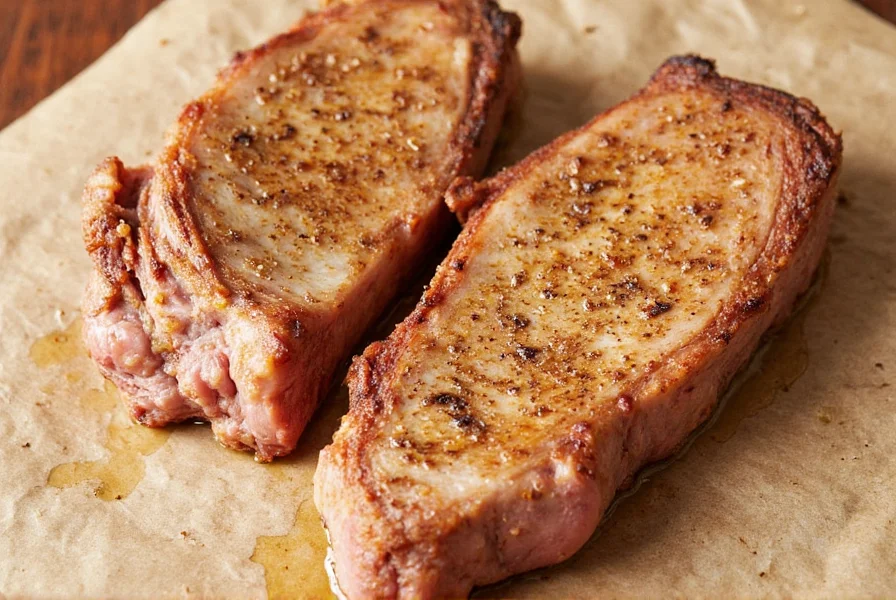
| Spice | Best With | Cuisine |
|---|---|---|
| Cumin | Lamb, Chickpeas, Tomato | Mexican, Indian |
| Paprika | Chicken, Eggs, Potatoes | Eastern European, Spanish |
| Turmeric | Rice, Lentils, Coconut Milk | Indian, Thai |
| Cinnamon | Apples, Lamb, Chocolate | Moroccan, Mediterranean |
| Nutmeg | Bechamel, Pumpkin, Custard | Italian, Caribbean |
How to Use Them Like a Pro
Knowing how to incorporate these spices into your daily meals is key to unlocking their full potential. Here are some pro tips:
- Toasting whole spices: Heat a dry skillet over medium heat and toast seeds (like cumin or coriander) for about a minute until fragrant. This releases their natural oils and intensifies the flavor.
- Mix your own blends: Experiment with homemade spice blends like garam masala, taco seasoning, or za'atar for added depth.
- Balancing heat and flavor: If a dish becomes too spicy, add a bit of sugar, dairy (like yogurt), or acid (like lime juice) to balance it out.
- Dry rubs: Combine coarse spices like paprika, garlic powder, onion powder, and black pepper for a quick, flavorful rub on meats or tofu.
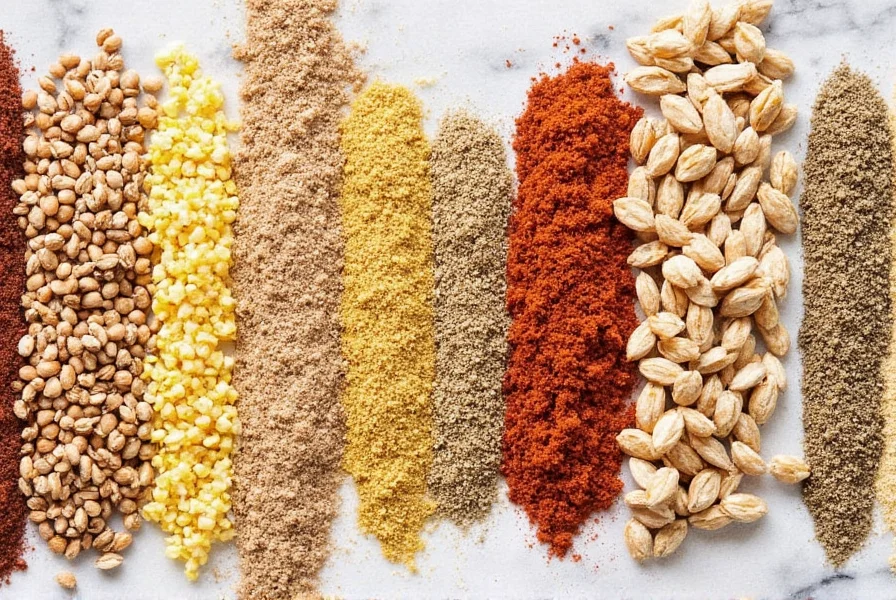
Buying Guide: What to Look For
With so many brands and varieties available, choosing the right spices can be overwhelming. Here's a breakdown of what to consider when shopping:
1. Whole vs. Ground
- Whole spices (like peppercorns, coriander seeds, cinnamon sticks) last longer and retain their potency better. Best if you have a grinder.
- Ground spices offer convenience but tend to lose flavor faster. Buy smaller quantities unless you cook frequently.
2. Organic vs. Non-Organic
- Opt for organic if possible, especially with spices like turmeric and cinnamon where purity matters.
- Non-organic options can still be great, but check for additives or preservatives.
3. Packaging
- Airtight containers or resealable bags are ideal for keeping spices fresh.
- Glass jars with tight lids protect against light and moisture.
4. Brand Reputation
- Well-known brands like McCormick, Simply Organic, and Frontier Co-op offer consistent quality.
- Local spice shops or gourmet markets may carry unique regional spices worth trying.
5. Price vs. Value
- High-end doesn't always mean high quality. Compare prices per ounce and look for value packs.
- Buy in bulk if you use a lot of one spice (e.g., turmeric for golden milk lovers).
Storage Tips to Keep Your Spices Fresh
Even the best spices won't do much if they've been sitting in your cupboard for years. Here's how to keep them tasting their best:
- Keep them cool and dark: Store away from heat sources like stoves or direct sunlight.
- Avoid moisture: Never store near the sink or dishwasher. Consider adding a silica packet if your climate is humid.
- Label everything: Write the purchase date on the container so you know when it's time to replace.
- Check shelf life:
- Ground spices: 2–3 years
- Whole spices: 4 years
- Herbs: 1–3 years
- Smell test: If your spices don't smell strong, they're probably past their prime.
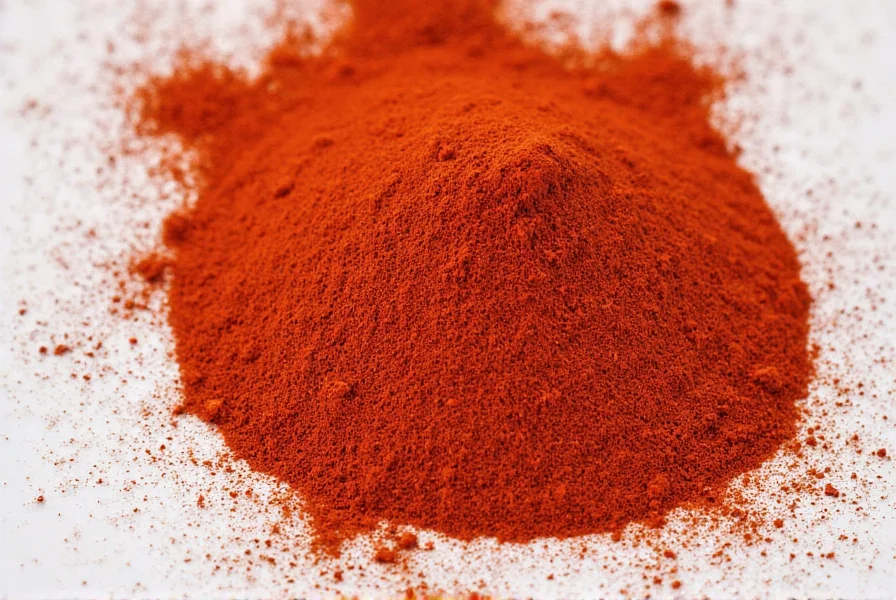
Frequently Asked Questions About Kitchen Spices
Here are answers to some of the most common questions home cooks have about building and maintaining their spice collection:
How many spices should a beginner start with?
As a beginner, starting with 5-7 core spices is ideal. We recommend beginning with black pepper, salt, cumin, paprika, garlic powder, and oregano. These six will cover most basic cooking needs across multiple cuisines. As you become more comfortable, you can expand to include turmeric, cinnamon, and other specialty spices.
What's the difference between chili powder and cayenne pepper?
Chili powder is typically a blend of ground chilies, cumin, garlic powder, and sometimes oregano, making it milder and more complex in flavor. Cayenne pepper is made from a single type of chili and is much hotter, providing pure heat with less complexity. Use chili powder for dishes like tacos and chili where you want flavor with moderate heat, and cayenne when you specifically want intense heat.
How long do spices last before losing potency?
Ground spices typically maintain their best flavor for 2-3 years, while whole spices can last up to 4 years. Herbs generally stay fresh for 1-3 years. The best way to check is the "sniff test" - if the aroma is weak or absent, it's time to replace them. Proper storage away from heat, light, and moisture significantly extends their shelf life.
What's the most versatile spice to have in my kitchen?
Cumin is arguably the most versatile spice, working equally well in Mexican, Indian, Middle Eastern, and Mediterranean cuisines. It complements meats, vegetables, beans, and grains. Black pepper is also extremely versatile, enhancing almost any savory dish. For sweet applications, cinnamon bridges both dessert and savory cooking beautifully.
Should I buy whole spices or pre-ground?
Whole spices last significantly longer and maintain their potency better since grinding exposes more surface area to air and light. If you have a spice grinder, buy whole spices and grind them as needed. For convenience, pre-ground spices work well for frequently used items, but purchase smaller quantities since they lose potency faster. Some spices like nutmeg are dramatically better when freshly grated from whole.
How can I tell if my spices have gone bad?
Spices don't typically "go bad" in a safety sense, but they lose flavor and potency. The best indicators are: faded color, weak or absent aroma, and diminished flavor impact in cooking. If you have to use significantly more than a recipe calls for to get the expected flavor, it's time to replace them. Avoid spices that have developed clumps (a sign of moisture exposure) or show signs of mold.
What's the most affordable way to build a spice collection?
Start with the essentials rather than buying everything at once. Purchase small quantities from bulk bins at grocery stores or health food markets where you pay only for what you need. Consider joining a spice co-op or trading with cooking friends. Focus on versatile spices first (like those in our top 10 list) that work across multiple cuisines to maximize each purchase's utility.
Final Thoughts
Whether you're roasting chicken, simmering a stew, or baking a cake, the right spices make all the difference. Building a solid list of spices for kitchen ensures that no matter what you're cooking, you'll always have the tools to make it taste amazing.
Remember, spices aren't just about flavor—they tell stories, connect us to cultures, and bring joy to our everyday meals. So don't be afraid to experiment, mix, match, and create your own signature style.
Now go ahead—grab those spices and start spicing up your kitchen!
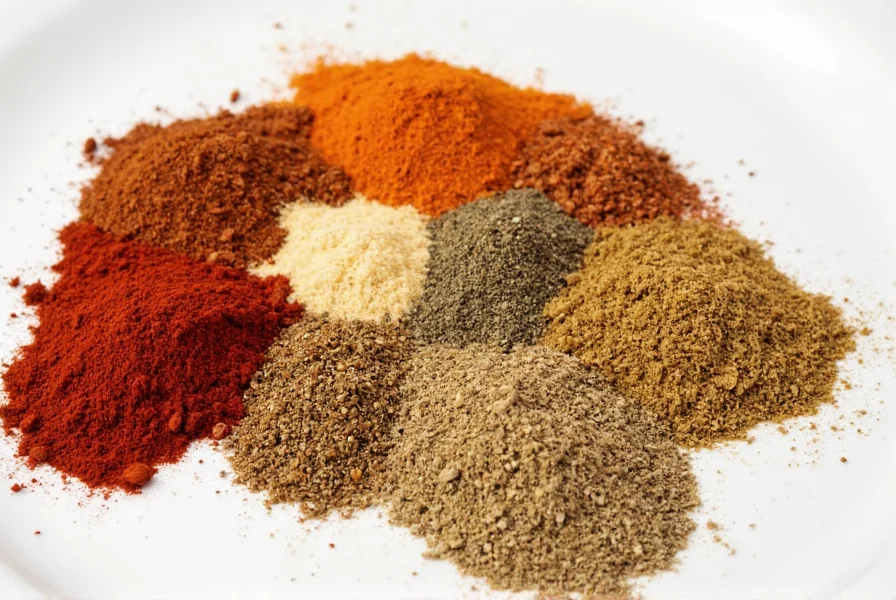

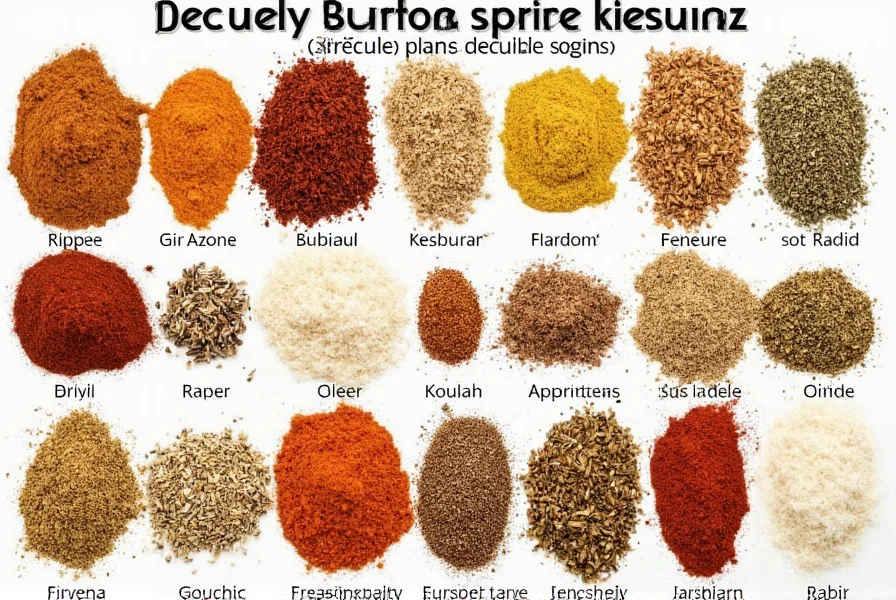









 浙公网安备
33010002000092号
浙公网安备
33010002000092号 浙B2-20120091-4
浙B2-20120091-4